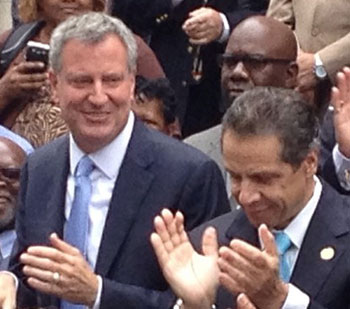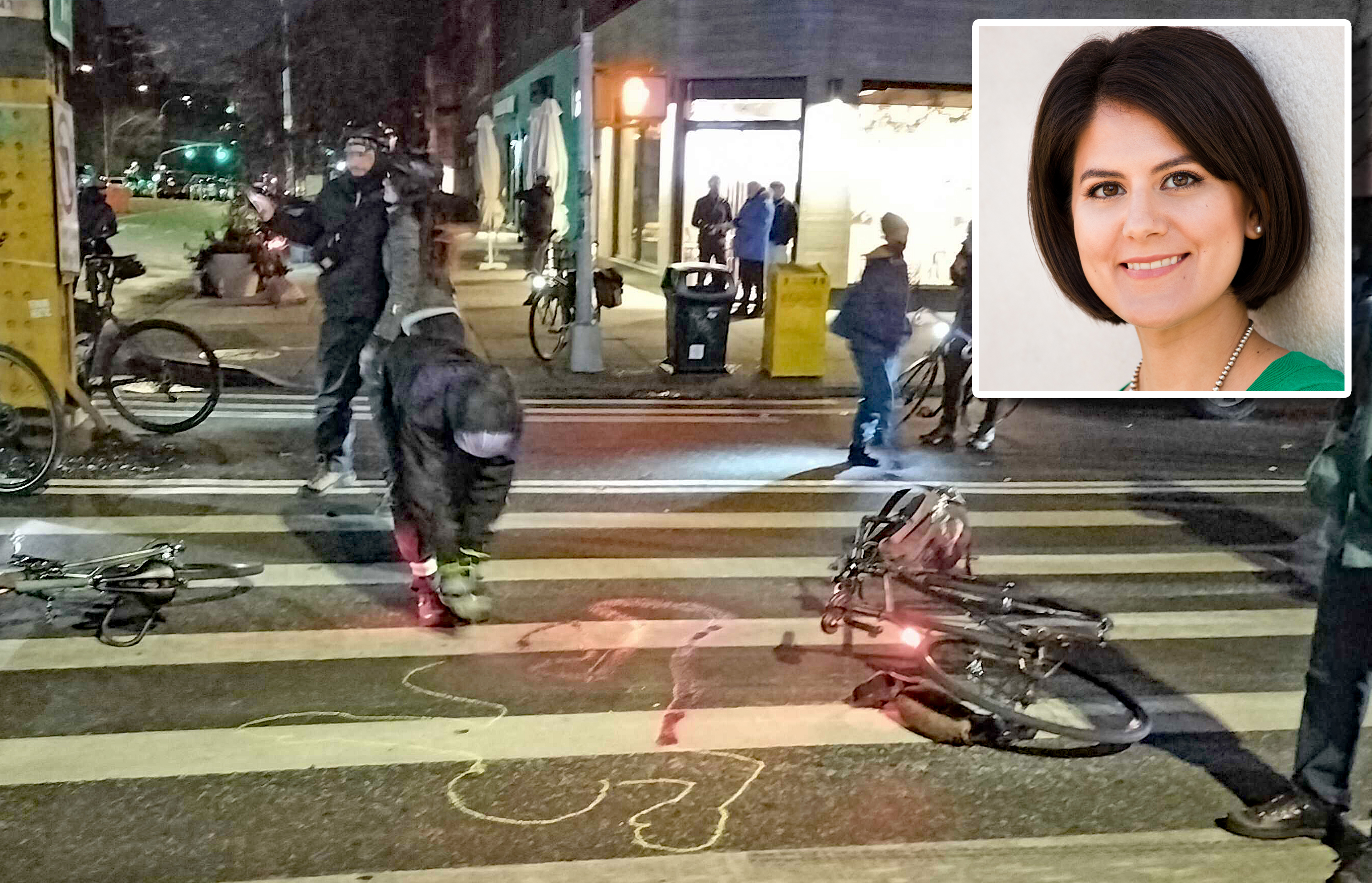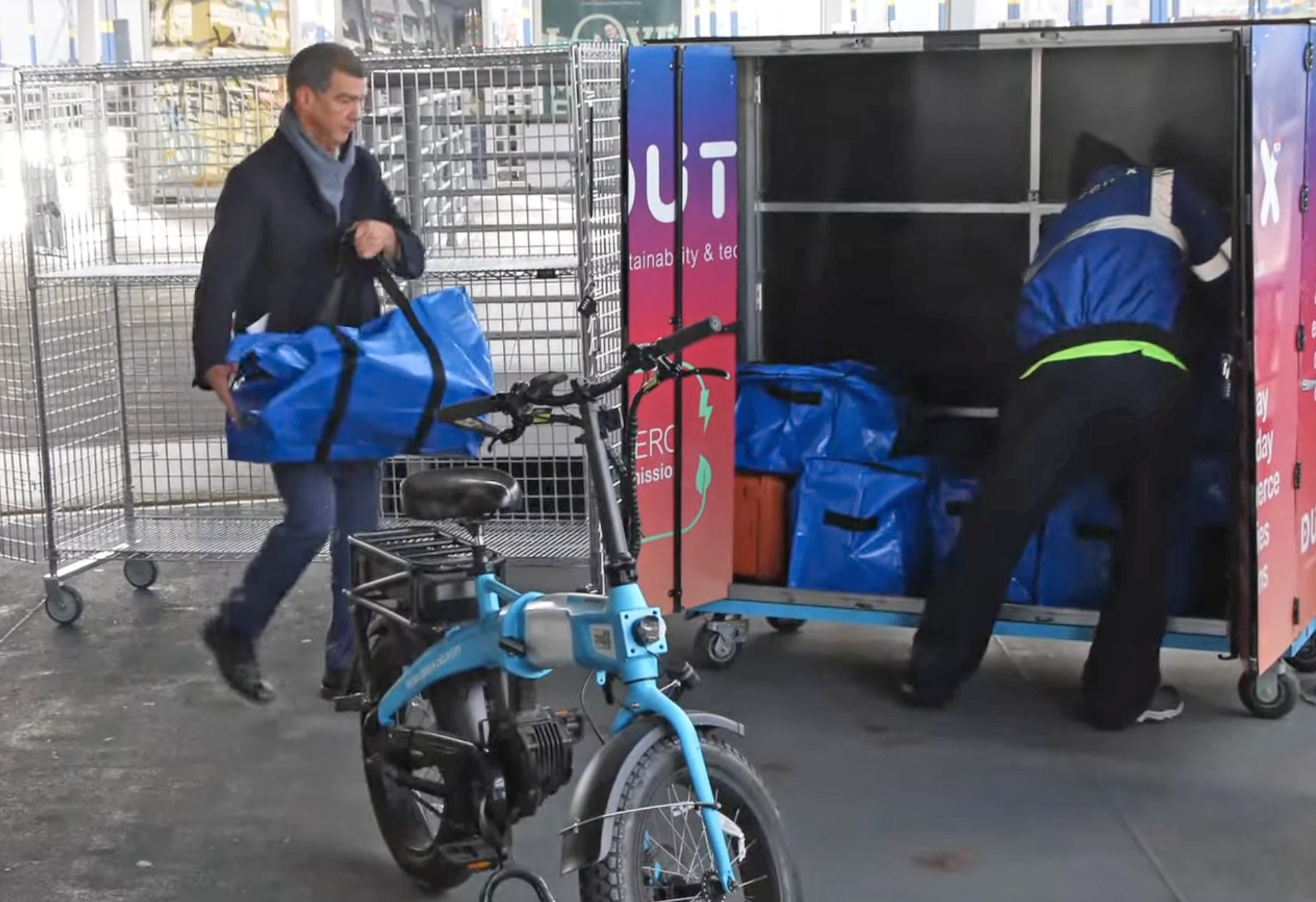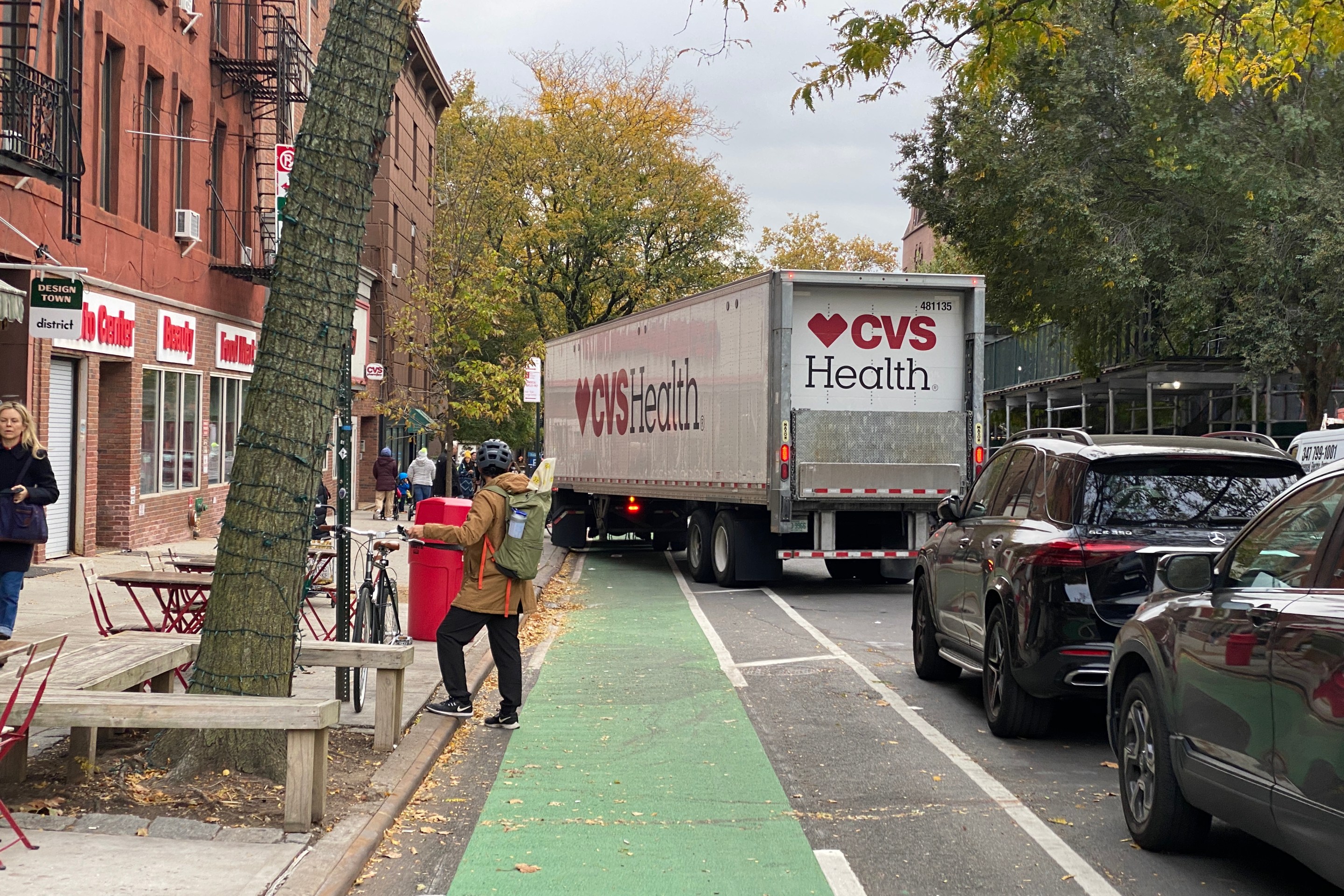On Saturday, Governor Cuomo and Mayor de Blasio reached a deal to close the gap in the MTA's five-year, $29 billion capital program, with the state pitching in $8.3 billion and the city contributing $2.5 billion. The agreement ends a drawn out political fight between the governor and the mayor. But enough about politics. How do transit riders make out in the deal?

The terms of the Cuomo-de Blasio fight were largely about how much of the burden of paying for the capital program will fall on straphangers. The size and extent of the capital program were ostensibly in doubt without new revenue sources, but the last time the MTA faced a large gap like this, in 2011, no one stepped up to close it, and the agency simply borrowed about $10 billion.
The interest on that $10 billion will be paid back by bus and subway riders in the form of higher fares. A repeat this time around would have put even more upward pressure on the fare.
On its surface, the deal reached over the weekend avoids that scenario, since Cuomo pledged that the state's contribution will not be backed by MTA fares, but will be "provided by State sources." (For reference, check the four provisions in the deal, lifted verbatim from the city's announcement, at the bottom of this post.) Cuomo hasn't gotten more specific than that, but presumably most of the "state sources" will be accounted for by the general fund or, more likely, bonds backed by the general fund. And that's where another major sticking point comes into play.
Each of the last few years, Cuomo has pulled off a back-door transit raid by making the MTA pay off bonds that the state had originally promised to cover, even though a 2011 law requires the governor and the state legislature to declare a state of emergency to justify raiding MTA funds for other purposes. Here's how the governor found a way around that: He said he wasn't raiding the MTA. Simple as that. What's to stop Cuomo from doing the same thing with new bonds issued to fill the gap in this capital program?
Mainly, it's the fact that City Hall's $2.5 billion contribution to the capital program is contingent on Albany refraining from transit raids in the future. If it's budget season and the governor diverts MTA funds, the mayor's recourse is to withhold that year's share of the city's capital program contribution. The city is basically using its only real leverage -- money -- to hold Albany to its "lockbox" promise.
So where does this leave transit riders? Well there's no doubt that the starting point for this deal is better for straphangers than what happened in 2011. Instead of $10 billion in debt backed by fares, the new arrangement starts with zero borrowing backed by fares. If everything plays out smoothly, it really will slow down the rapid rise of MTA debt.
But there's also a strong chance that the governor and the mayor will disagree over the provisions in this deal at some point in the future (one potential point of contention: how does each party define a diversion of MTA funds?), in which case, the only thing holding the arrangement together is mutually assured destruction. Taking a longer view, a future governor could also renege on this deal -- the bonds that Cuomo transferred to the MTA's books, after all, originated under George Pataki, not him.
This could be a very good deal for straphangers, but advocates and transit riders will have to remember it -- and hold elected leaders accountable to it -- for a long time.
******************
Terms of the deal:
1. The State guarantees $8.3 billion to the MTA Capital Program to be provided by State sources. The City guarantees $2.5 billion to be provided to the MTA by City sources. City sources include a guarantee of $1.9 billion from direct City sources and a guarantee of $600 million through alternative non tax levy revenue sources. This agreement is dependent upon all of the conditions below.
2. The City and State will fund on the same schedule on a proportionate basis.
3. Projects in the City which are funded by the $2.5 billion committed by the City (including projects funded through non tax levy sources agreed to with the MTA) will be planned by the MTA Board in collaboration with the City representatives on the MTA Board, with priority consideration given for projects and timing based on input from the City. Likewise suburban projects which are funded by the suburbs will be planned by the MTA Board in collaboration with suburban representatives on the MTA Board and with priority consideration given for projects and timing based on input from the those suburban communities.
4. The State will not divert any funds or fail to provide any funding committed to this Capital Program or due and owing to the MTA for any other expenses unless in accordance with the provisions of Executive Law 182 passed in 2011. Likewise, the City will not divert any funds or fail to provide any funding committed to this Capital Program or due and owing to the MTA for any other expenses.





